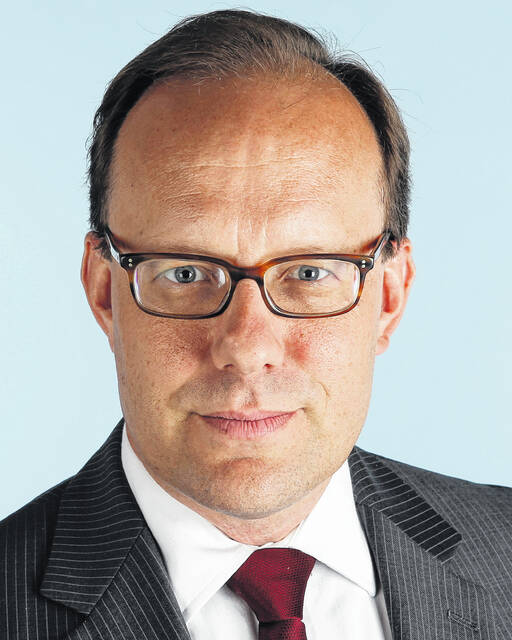The Federal Reserve is an institution that relies on confidence and consistency. Both have been shaken as the agency struggles to tamp down inflation and regain the trust of investors.
Central bankers gather in Washington in the week ahead for a regularly scheduled interest rate setting meeting. The group will raise its target short-term borrowing rate again, and it’s likely to be a hike of another three-quarters of a percentage point. But there’s a chance the bankers could go even bigger.
Any rate hike will bring the Fed’s interest rate to its highest level since 2008.
A one percentage point interest rate increase would represent a significant acceleration in the bank’s fight against inflation and a manifestation of its efforts to reclaim — some would argue maintain — credibility.
This rate-tightening cycle started slowly. It wasn’t until consumer inflation had already jumped to 8.5 percent when the Fed finally took its first step by raising rates by one-quarter of a percentage point. That was in March. By May, it hiked rates by a half a percentage point. Six weeks later, the jump jumped to three-quarters of a percentage point. And the Fed repeated that step again in July.
Yet inflation has proved to be stubborn. August inflation was 8.3 percent, driven by an even higher year-over-year increase in food prices. Stocks took this as a sign that the Fed could become even more aggressive now and keep raising rates for longer.
The inflation-induced stock-sell off last week indicates just how shaken the market’s confidence is in the Fed to rein in inflation without triggering a broad economic recession.
Market odds of the Fed increasing its rate by a full percentage point shot up in the wake of the inflation report. It priced in a 1-in-4 chance of the bigger hike. However, the CME FedWatch indicated traders were slowly losing confidence the central bank would accelerate its monetary tightening as last week wore on.
An even more aggressive Fed this week would mean higher borrowing rates for mortgages, car loans and business borrowing. It would not mean lower grocery prices.
And that should not be a surprise.
Tom Hudson is a financial journalist and chief content officer at WAMU public radio in Washington, D.C. Follow him on Twitter @HudsonsView.







